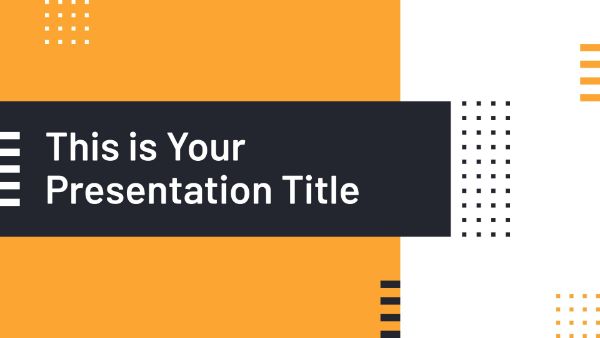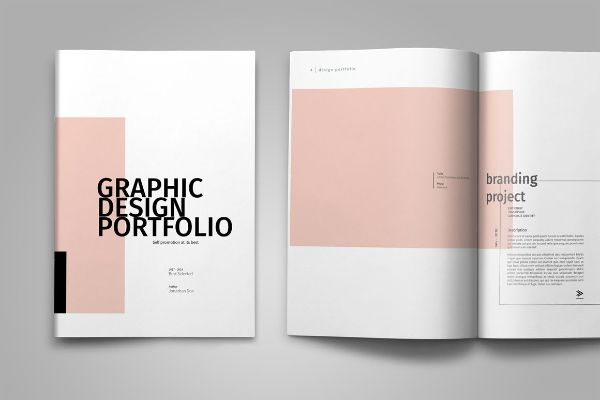Web designers and graphic designers generally design a lot of stuff before they send it to the client for approval. And sometimes, the client may reject some designs or only select one out of several that he or she received. The rest of the designs that were rejected generally remain unused, and this applies both to web designer and graphic designer work. The designs that are brand specific can rarely be reused in other projects if they were rejected the first time around. Sometimes, repurposing the design may be better than creating something from scratch.
Many designers save the unused designs somewhere in their storage and never look at them ever again. But they should not just let those designs collect dust because they put a lot of effort into creating them in the first place. Today, our blog focuses on unused designs and the things that you can do with them to put them to good use.
1. Keep the designs and reuse them in other projects:

Often when the designers create the design, they end up with individual designs that did not make up to the final. Hence, these designs should be put in a dedicated folder. Also, make a point to use the positive term to name the folder instead of the names like “rejected” or “extras.” If these designs are put under a negative impression, it is hard to work with those designs in the future again. You can put the folder in a place where you get to glance at them every time you work. This way, it can catch your eyes, and you would be able to notice it on a regular basis.
But before you do anything about your designs, check your contract with the client or the company for copyright or ownership issues. You can also frame your own contract to create a win-win situation for both you and the client. Hence, if you have your own contract in place, you can claim the design as yours if the client rejects the design. You can convey to the client through the contract that the design would be under your copyright unless and until the client buys it. This would ensure that your designs are never stolen and remain yours until you find a suitable buyer or client for it.
Also, maintain an organized folder system to keep them in the place where they should be. You can also categorize the designs according to their purpose. For instance, they can belong to folders like logo design, web design, and more. If the need arises, you can create a subcategory and arrange them accordingly. Your goal should be to keep the designs in a way that makes it easy for you to pick up your unused designs in a new project if it fits the requirement. Your designs must have been denied by the clients previously. But the amount of redesigning efforts you put in depends on why it was rejected in the first place.
When you are going to build a customized design for a specific client, don’t hesitate to look up your unused designs. You can overhaul these designs and also combine one or two designs to create something absolutely new. The most important part here is to redesign the unused designs that save you a lot of time. This is because, if you start working with unused designs, you don’t have to start a design project from scratch. Additionally, you get an excellent foundation to start designing something for a new client.
2. Create a template out of them and sell them:

Another option you can always use is creating a template out of your unused designs and selling them for a reasonable price in the market. The design that one client rejected could be another client’s prized possession. Here, you can sell them repeatedly and generate a lot of profit out of it. Make a point to create designs that appeal to a more extensive section of the audience.
There are other things you can do as you choose this option:
Develop a theme or a template:

As a designer, you generally have an entire design with you before your client approves the design. If the design is approved, you can create a ready template or theme out of it and generate a lot of profit as you sell it. You can also create a licensed version of it and sell it to a lot of users instead of selling it only to one client. This can be done with the following things:
- Website designs
- Home pages
- Mobile applications
- Web-based applications.
You can also decide to create a UI kit out of your design. Now, since you have only one set of such designs, you cannot sell the template through your website. You need to have a well-established shop from where you can build and sell the templates. To do this, you need to have access to a third-party marketplace.
A marketplace tends to have a lot of footfalls, and hence, your designs can have a lot of visibility. And you can gain a lot of sales from this kind of visibility. You can use platforms like Creative Market, Dribbble, MOJO Marketplace, ThemeForest, and more.
Licensed Components:

Now we know that we have certain pieces of designs that cannot go to waste. In such a case, you can create these pieces into components that have been licensed. You can do this for:
- Pictures
- Icon sets
- Fonts
- Textures
- Backgrounds
- Logo designs
- Plugins or Add-ons
You can sell them on the marketplace if you have a lot of designs. But if there are only a few designs, you can opt for licensing them. Apart from MOJO Marketplace, you can get your designs licensed in all the places we have seen above.
Envato Market offers you a lot of categories where you can get your designs licensed. This includes plugins, video, graphics, images, and more. If you have to sell the website extensions and plugins, you can go to CodeCanyon.
It is not necessary to get your designs licensed immediately. But you can wait until your online reputation is well enough. This increases the possibility of the designs being sold quickly. Hence, you have to put some effort into marketing the design components to enhance their visibility factor.
3. Showcase the unused designs in a case study:

It is challenging to understand the vision of the client the first time they request a design for something. In some cases, designers come up with different options to offer the client some promising designs that he can choose from. Depending upon how the client responds to the designs, you can create better designs next time. Moreover, you can try to create a design that fits the client’s vision perfectly and accurately.
Instagram has an account called RejectedDesign. And the account does not hide the designs that were built before the one that got finalized. This is how you lawfully approach the unused designs. Moreover, web designers can always take up this approach to create a case study for their clients. It gives you an opportunity to show your client the entire process of creating a design that sells.
Generally, portfolios show only those designs that made their cut. But, it would be best if you showcased all the designs to the client to help them see your efforts. You can convince your client about how you understood the design and created the one. Additionally, add the before and after design sequences to show your client about which designs worked and which didn’t, and what you did to redesign it.
This is an era of transparency. Hence, it is always an excellent approach to have an open channel of communication with the client. And in such a situation, having a folder where you can showcase your unused or rejected designs is good.
With this, you show your client how good of a designer you are and how do you handle the feedback from the client. You can also show how you can redesign the rejected design and turn it into a showstopper. Moreover, your client would understand that you use your skills efficiently to direct a project in the wrong direction.
You cannot directly generate a source of income out of this. But this can help you attract a lot of clients. This eventually leads you to earn more and make more out of your designs.
4. Create a design portfolio out of them:

If you cannot monetize the design, nor you can showcase them to your client using a case study, then you are left with only one option. You can use all the designs to create a design portfolio out of it. There is a benefit to derive from this option.
The newcomer designers can collect all these designs to create a strong portfolio with work samples that communicate quality. You can do this in many places. But it all depends on how much you trust and confide in your designs. If you don’t believe in your designs, no one can believe it either. Moreover, your lack of belief cannot help you convince your client.
Coming back to the point, you can put your rejected designs in your website portfolio to:
Develop a strong portfolio for the clients to take a look
Offer inspiration and samples that you can show off to your existing clients.
The most important thing here is that you can show the process of your evolution as a designer. But to do this, you have to add the date and year of the generation of all the designs.
You can always use Behance or Dribbble to put your unused designs online. If you do this, you get advantages like:
A Behance portfolio can help you enhance your visibility if your website is new and does not have a lot of traffic yet.
When you share your unused designs on the platform, you inspire other designers to come out of their shells. Also, the ones looking to start a business can also look up your designs for inspiration.
If you plan to sell the designs here, you would notice that one man’s loss is another man’s gain.
Whenever you plan to put your work online, make sure that you remove all the names of the brands you created the designs for. Replace them with your own name, logo, or a motif that would represent you and your work. To fill out the gaps, you can use the dummy images or texts in the placeholders. This can help your potential clients to focus on your work and not the company, which rejected the design.
Conclusion:
It is challenging for a designer to let go of a design because he put a lot of effort into it when he created it. This is where you let your connection with the work help you make the decisions. Hence, if you believe strongly in your rejected or unused designs, you can always find a good client for them. Moreover, you can also preserve and maintain the rejected design to redesign it in the future. This can help you create a source of income in more ways than you know. This blog focuses on how you can repurpose the designs and how it can help you apart from sitting silently in a folder. You can read this blog, and it stands true for designers, artists, writers, and others.
The post 4 Things You Can Do With Your Unused Designs first appeared on Line25.
Source: https://ift.tt/35MdHvt

No comments:
Post a Comment